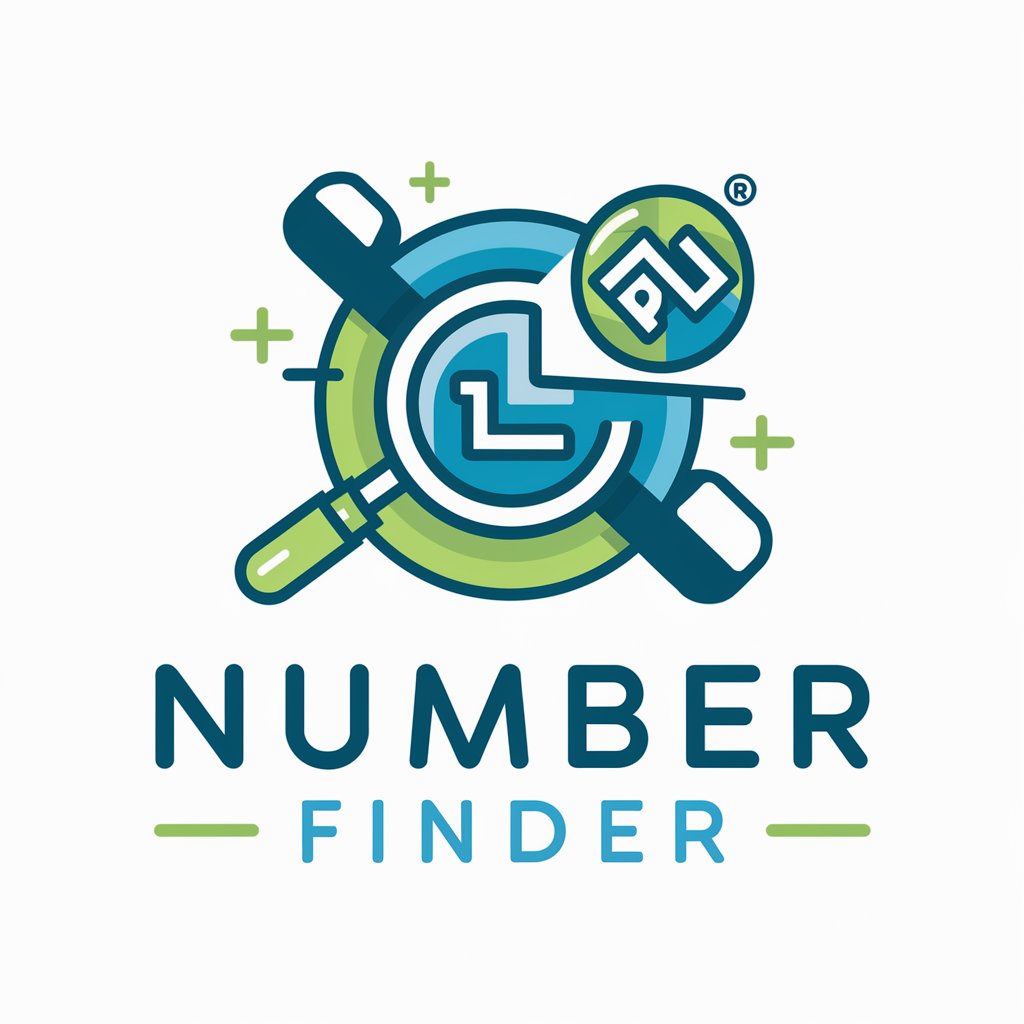Purescript Data Structures - Type-Safe Data Structuring

Welcome! Let's explore robust data structures in PureScript.
Structuring data, the type-safe way.
How can I efficiently manage complex data structures using PureScript's record system?
What are the best practices for ensuring type-safety in PureScript?
Can you provide a sample PureScript code for adding and updating records?
What performance considerations should I keep in mind when handling large datasets in PureScript?
Get Embed Code
Introduction to PureScript Data Structures
PureScript data structures are designed with type safety and functional programming principles at their core, offering developers the tools to create robust and efficient applications. Unlike imperative languages, PureScript emphasizes immutability, making data easier to reason about and reducing side effects. Its record system allows for the definition of complex data models with clear type constraints, enabling operations like add, update, and delete to be performed in a predictable manner. For instance, a contact management system might utilize records to store contact details, leveraging PureScript's strong typing to ensure data integrity across operations. Powered by ChatGPT-4o。

Main Functions of PureScript Data Structures
Add
Example
Adding a new contact to a contact list.
Scenario
In a contact management application, the 'add' function allows users to insert new contacts into their list, ensuring that all required fields are present and correctly formatted according to the record's type definition.
Update
Example
Updating a contact's phone number.
Scenario
When a user needs to update the phone number of an existing contact, the 'update' function facilitates this by locating the record based on an identifier and applying the new value, all while maintaining the integrity of the data structure.
Delete
Example
Removing a contact from the list.
Scenario
The 'delete' function allows users to remove a contact from their list by specifying the contact's unique identifier, ensuring that the operation does not affect the integrity of the remaining data.
Ideal Users of PureScript Data Structures
Functional Programmers
Developers with a background in functional programming will find PureScript's approach to data structures familiar and powerful, enabling them to apply their skills in a type-safe environment that emphasizes immutability and function purity.
Web Application Developers
Web developers looking to build complex, reliable, and efficient web applications will benefit from PureScript's data structures, which offer a robust foundation for managing application state and data flow without sacrificing performance.
Data Integrity Enthusiasts
Individuals who prioritize data integrity and type safety in their projects will appreciate PureScript's strict type system and its emphasis on immutability, which together provide a reliable framework for constructing error-resistant applications.

How to Utilize PureScript Data Structures
1
Begin by installing the PureScript compiler along with Spago, PureScript's package manager and build tool, to set up your development environment.
2
Explore PureScript documentation to understand the syntax and capabilities of the language, focusing on the record system and type constructors.
3
Use Spago to create a new project and add dependencies for libraries that provide additional data structures, such as purescript-arrays or purescript-maps.
4
Implement your data structures by defining types and functions for operations like add, update, and delete, ensuring they are type-safe and efficient.
5
Test your data structures thoroughly using PureScript's testing libraries, such as purescript-quickcheck, to validate their correctness and performance.
Try other advanced and practical GPTs
Number Finder
Find Numbers Fast with AI

Balanced Drug Advisor
Empowering Health Decisions with AI

Software Advisor
Empowering decisions with AI-powered software insights

myCoach Safe Swing
Elevating Your Game with AI Precision

Cherry Scented meaning?
Elevate Your Writing with AI Creativity

To All The Girls I've Loved Before meaning?
Unveiling Depths in Narratives

Caregiver Companion
AI-powered Companion for Caregivers

Isabelle: Compliment Evangelist
Elevate your day with AI-powered compliments

Fallacy Finder
Sharpen Your Arguments with AI

Blumenberater
Cultivate Beauty with AI-Powered Gardening Wisdom

Cheeky Quiz Master
Turn Learning into a Game with AI

Exotic Pet GPT
AI-powered Exotic Pet Care Assistant

FAQs on PureScript Data Structures
What are PureScript data structures?
PureScript data structures are ways to organize data in a type-safe manner within the PureScript programming language, utilizing its strong static type system to ensure correctness and efficiency.
How do I ensure type safety with PureScript records?
Type safety in PureScript is ensured by defining clear types for your records and their fields, leveraging PureScript's type system to catch errors at compile time.
Can I create custom data structures in PureScript?
Yes, you can create custom data structures by defining new types and using existing ones like Lists, Arrays, and Maps, tailoring them to your specific needs.
What are the benefits of using PureScript for data structures?
PureScript offers benefits like strong static typing, immutability by default, and functional programming paradigms, making data manipulation safer and more predictable.
How do I handle complex data relationships in PureScript?
Handle complex data relationships by designing your types and data structures to reflect these relationships clearly, and utilize PureScript's advanced type features like type classes and generics.
